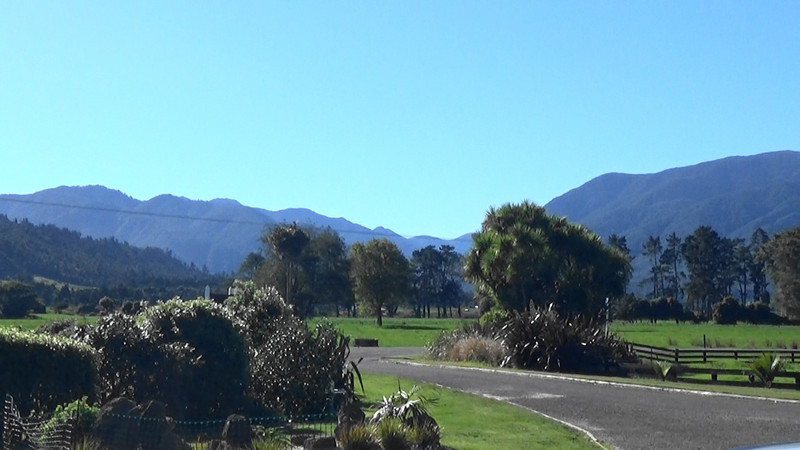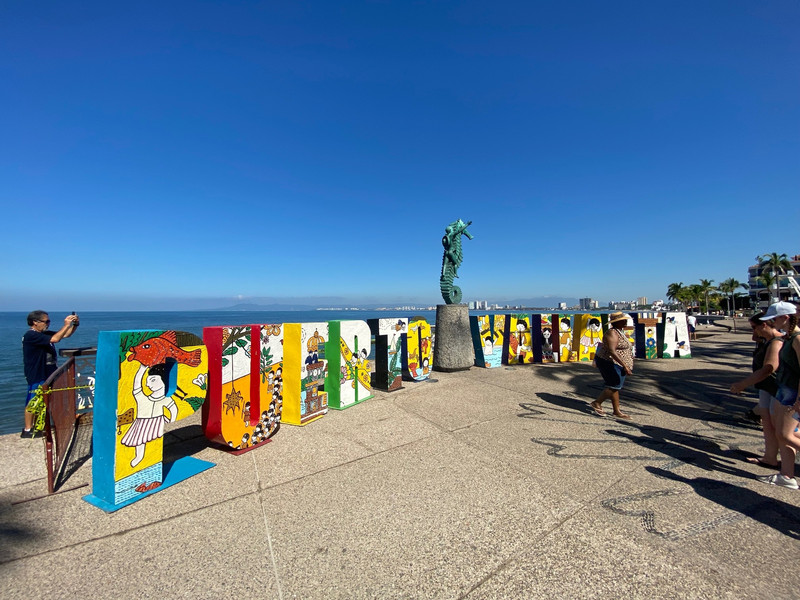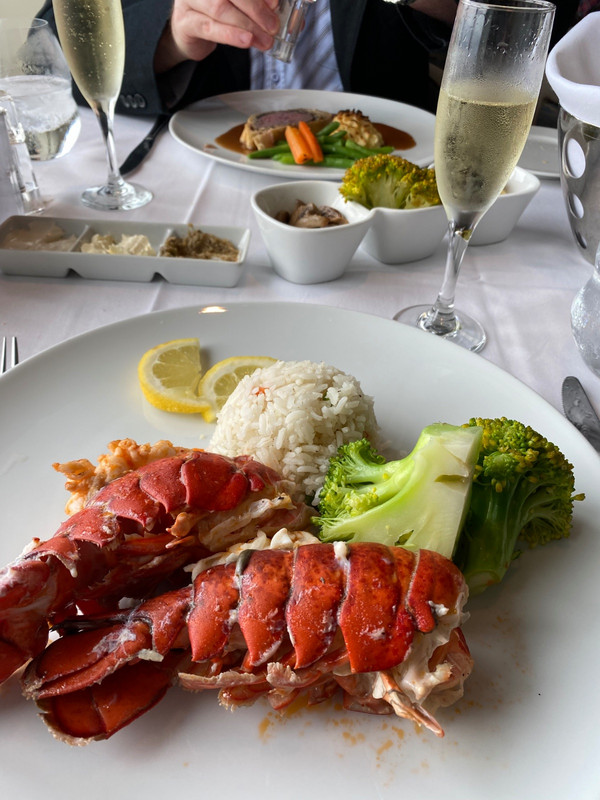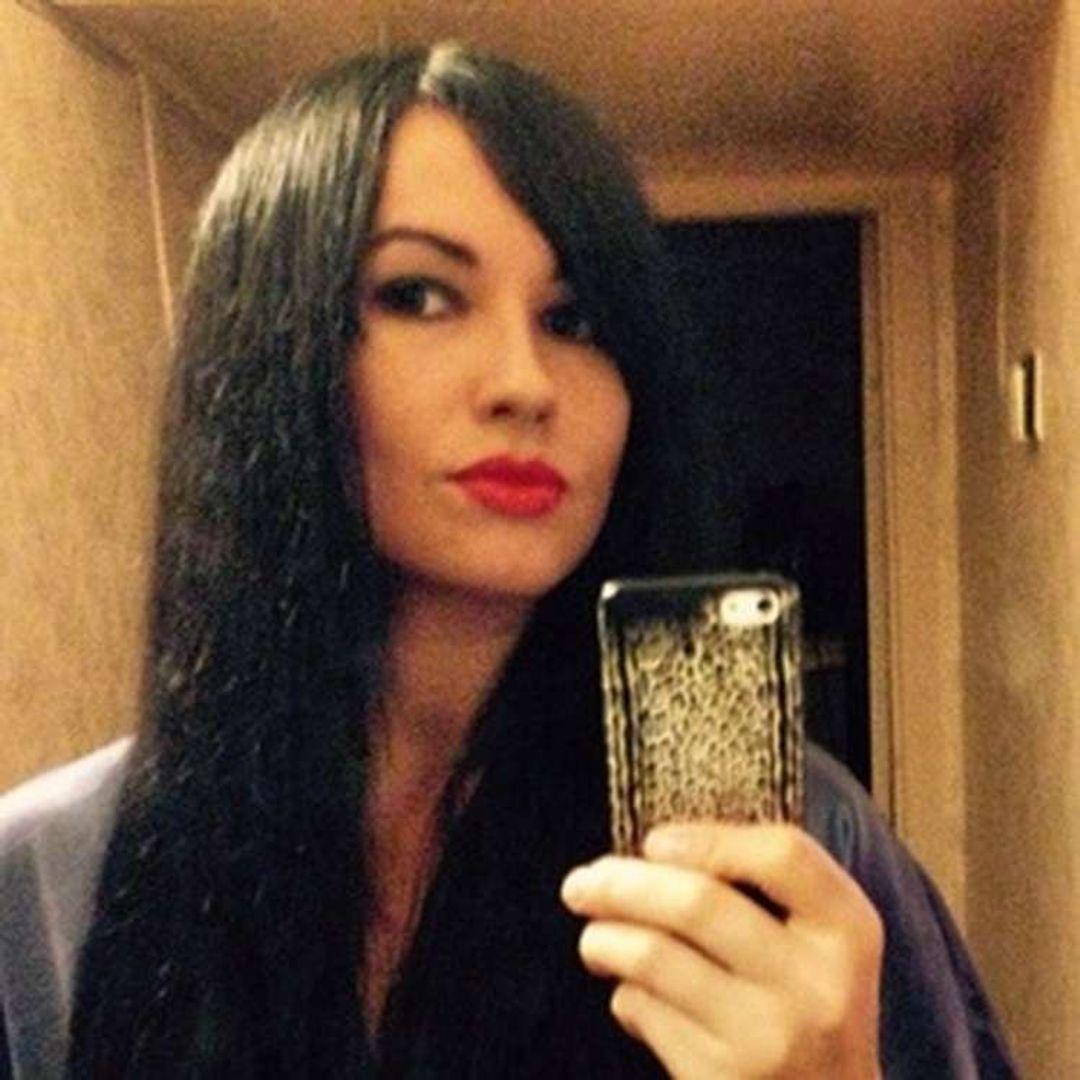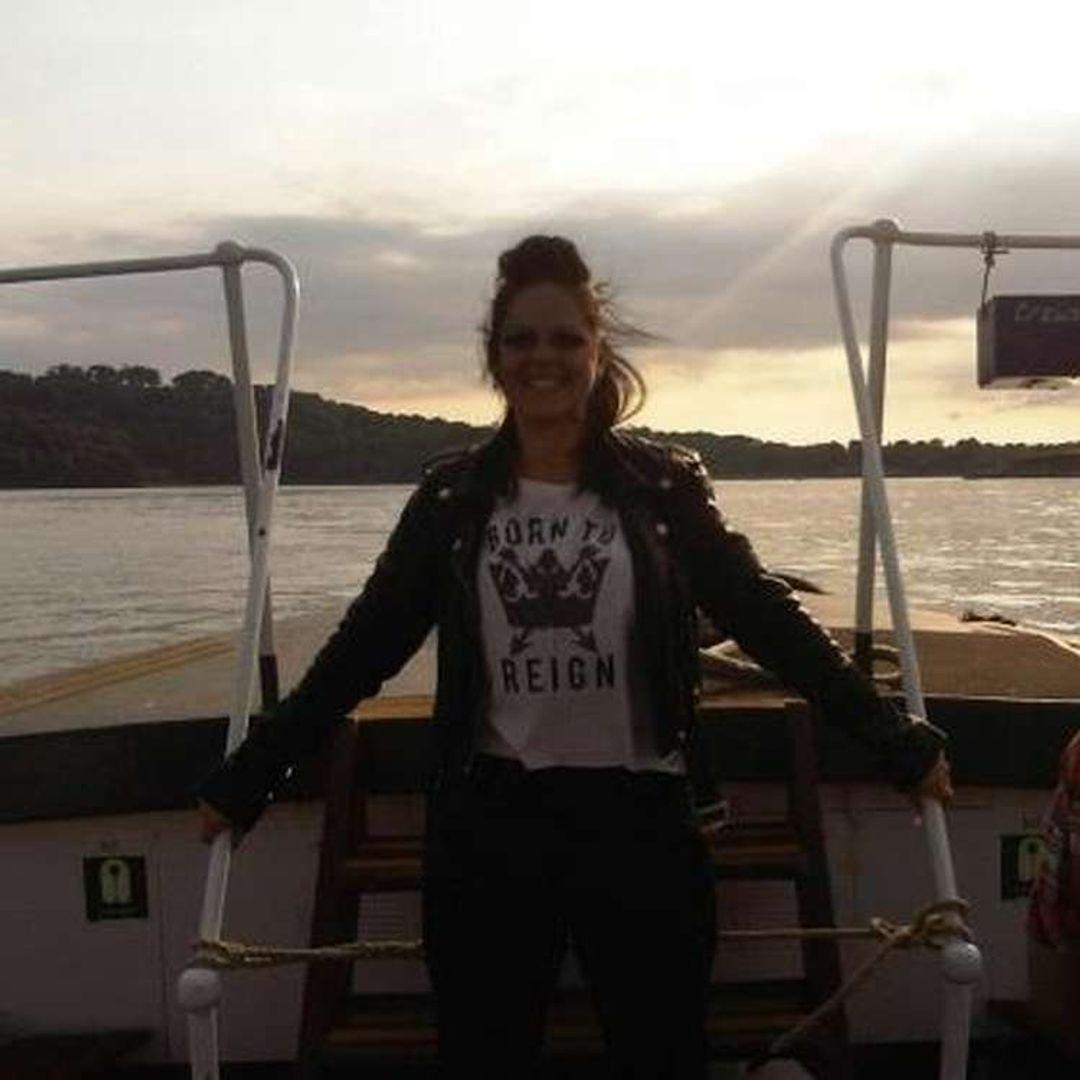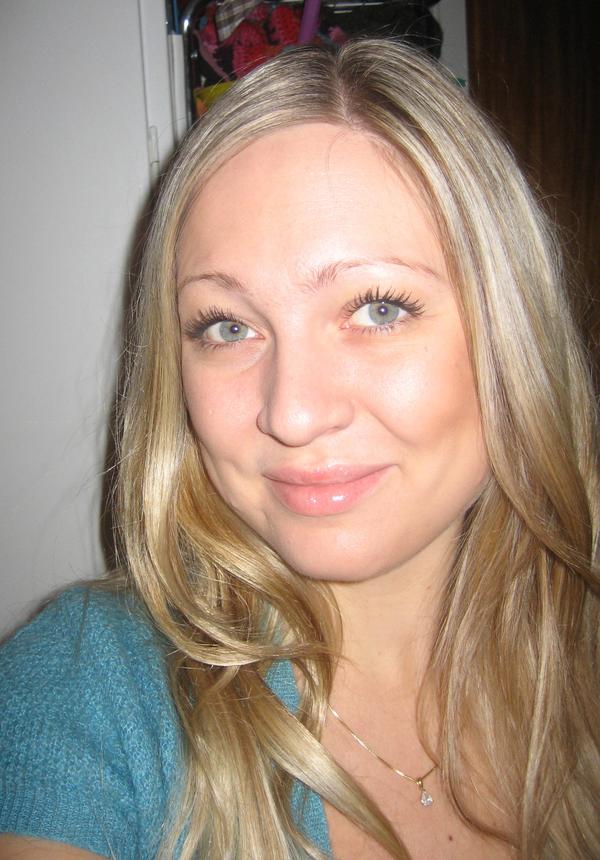We awoke to another absolute cracker day in Karamea and the sound of the two milk tankers on the nearby SH67 that travel 234km each way every day to and from Hokitika on SH6 and SH67 to pick up milk from the 29 dairy farms in the Karamea region. Actually the tankers dont really make much noise it is just that with so little and going into Karamea that there is for road noise from other traffic on the road.
We have three planned walks today in the local Karamea area with no drives into the forest like yesterday among them.
There appears to be only one other guest staying in the 8 unit motel and they appear to be in Karamea helping a dairy farmer out with milking from what we have overheard.
The other 6 units are all being used during the week by workers rebuilding the local area school and they all leave on a Friday to go home which is somewhere away from Karamea and then return on a Sunday prepared to start work again on the Monday. This has apparently been going on for a while now and the
school looks far from so their presence must give the motel owners a nice steady stream. Whoever is paying their bill pays for 7 days and the units are left vacant on the weekend. Still there is probably no other way of keeping the infrastructure up to date as Karamea had a population in the last census of 2018 of 357 and we wouldnt expect there would be many builders amongst them, if any at all.
The sandwiches yesterday that we had for lunch were so yummy that we had to go back to the same caf (and only caf in Karamea!) for another purchase of a triple decker corned beef with cheese and dressing to satisfy our lunchtime needs today.
As we headed to our first walk around the estuary which should give us an insight into how Karamea was started in the mid 1800s we passed the fire station where a group of teenagers were doing car washes for $10 to raise money for things that the Min of Education wont be supplying when the new school is finished.
also wash off nearly 3 weeks of road dust and grime that had gathered on the Corolla after travelling on so many unsealed roads.
While we waited for the car to be washed we took a stroll just up the road to check out what the large bird presented as a monument in a small reserve actually was. We had passed it every time we went to and from the village from the motel but this was the first time we thought we better satisfy our curiosity as to what it represented.
The giant bird called Hakawai in the North Island and Hokioi in the South Island is surrounded in mythology and it is believed that the bird, with talons as big as panthers paws, became extinct between 500 and 600 years ago when the Maori killed its main prey, the Moa.
The first reported skeleton of the massive bird was found in a swamp at Glenmark in North Canterbury in the late 1800s and more recently bones were discovered at the Oparara Arch where we had walked to yesterday.
Karamea saw some Europeans in the 1860s when gold was discovered but once that was over and because the location was so isolated with only a connection to the rest of the country being by sea it wasnt until 1874 when a more permanent attempt to settle what turned out to be good, fertile river flats was made. Even the Maori who had used the area on a seasonal basis for many years did not settle permanently in those early days.
The outlet of the Karamea River in the early days of settlement provided a fine and safe harbour with wharfs for small ships to berth at and right up until the 1929 Murchison earthquake the safe harbour survived.However, the earthquake silted up the river and estuary ending the days of a safe harbour leaving the only access being the in 1916 from Seddonville through the ranges. And this road was unreliable and still remains that way even today when bad weather strikes.
